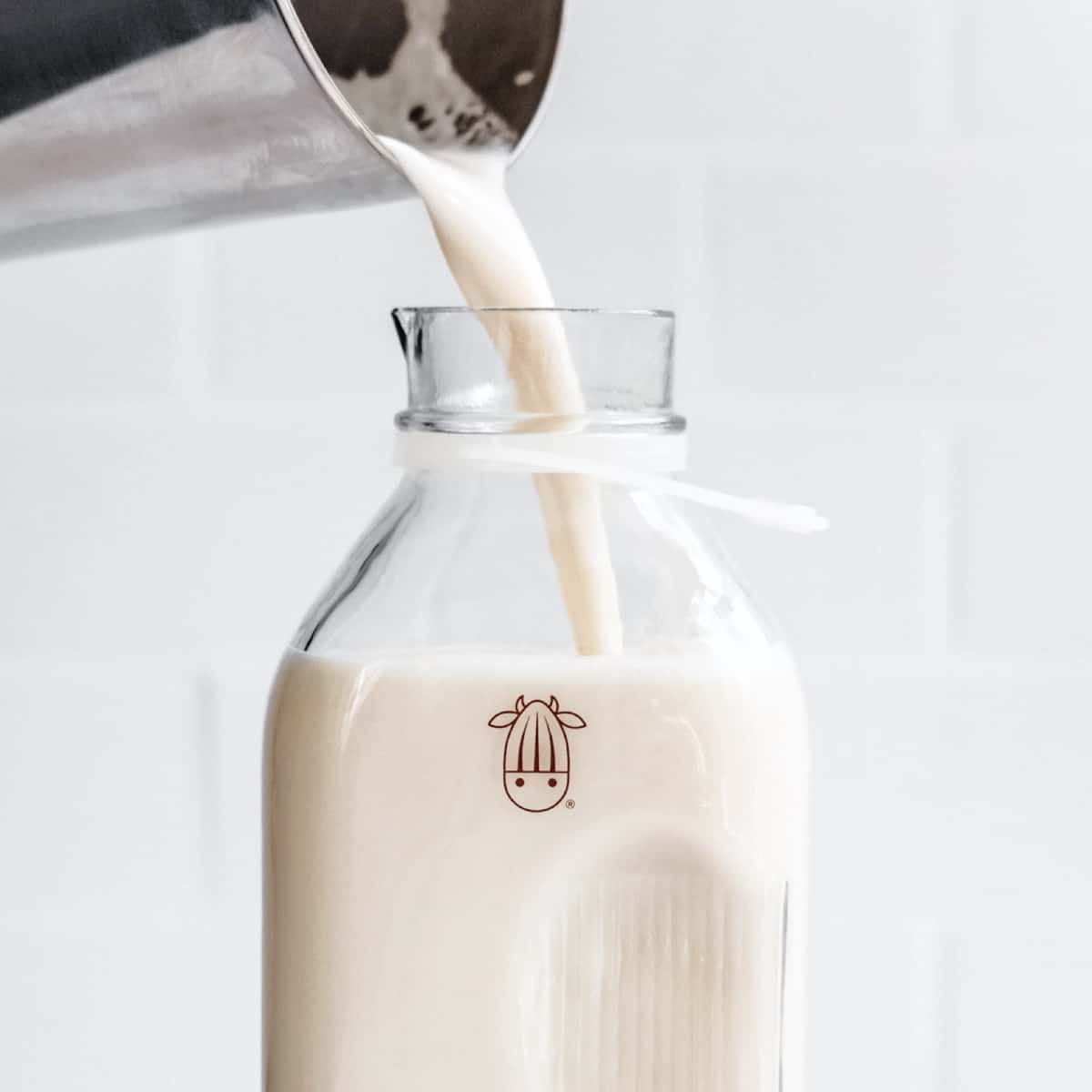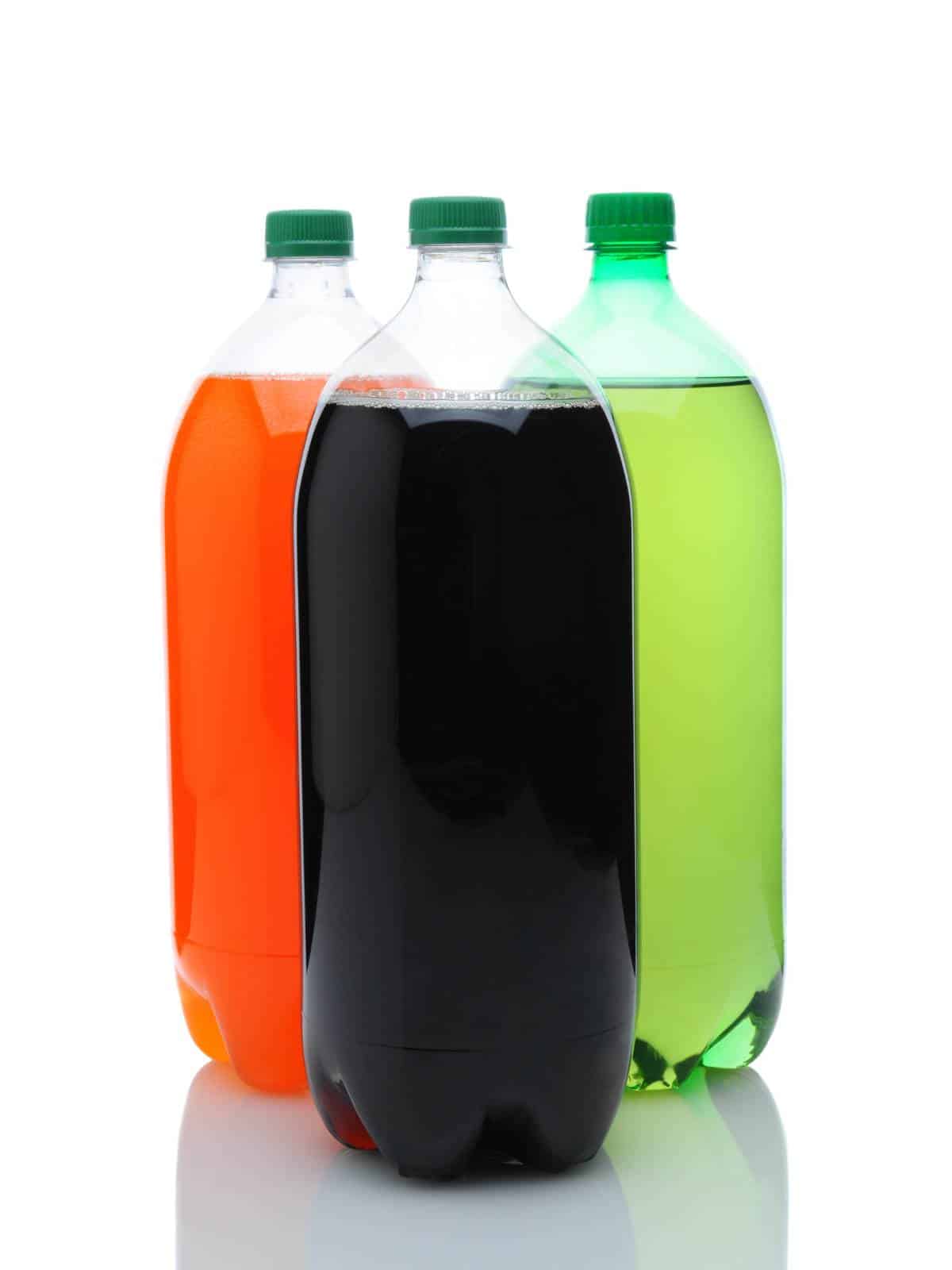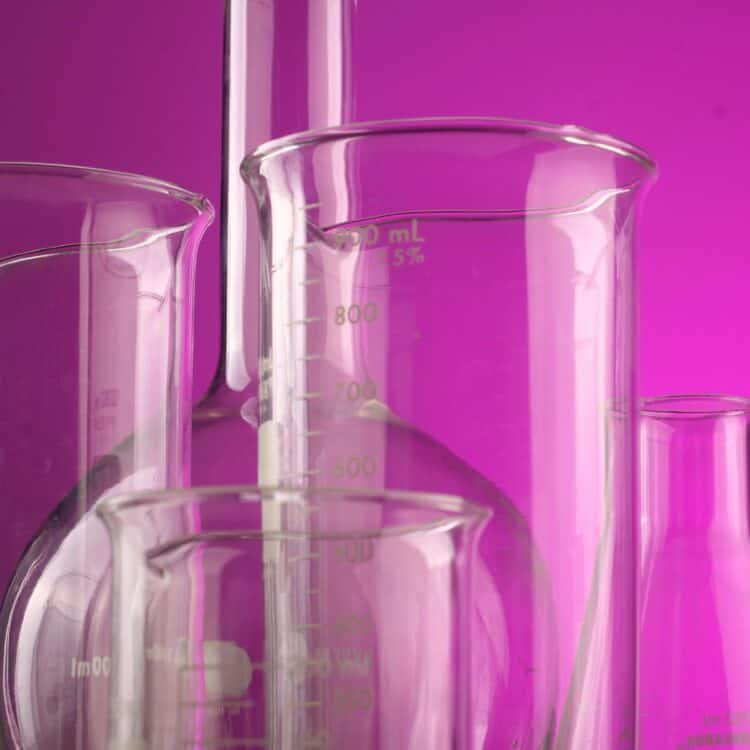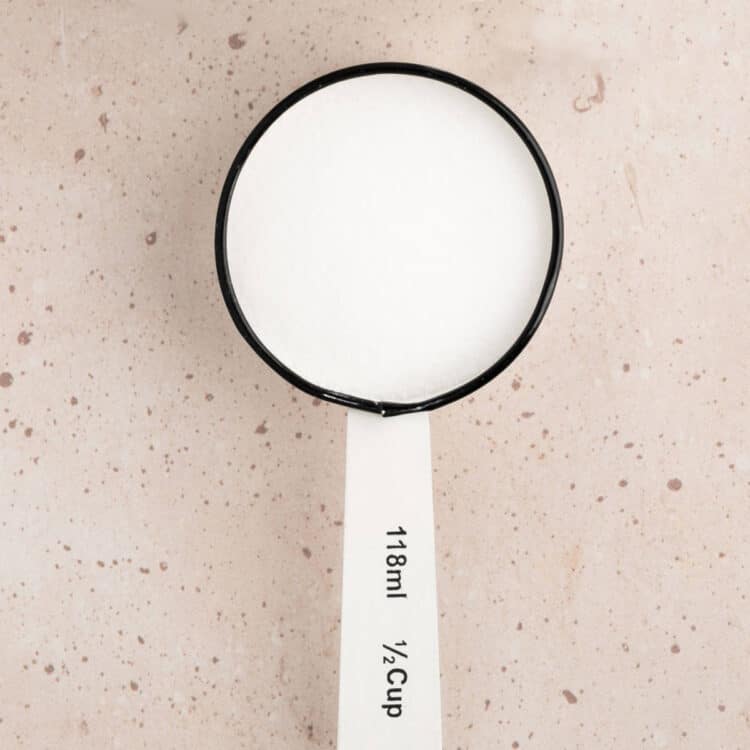How Many Liters in a Gallon?


Dealing with large quantities of ingredients can be challenging for many reasons, not the least of which being when you need to figure out how many liters are in a gallon. Scaling a recipe up or down can quickly become a confusing, frustrating task when the units of measurement aren’t the same.
You definitely don’t want to mess up when you have a considerable amount of food on the line! Both liters and gallons add up fast, but exactly how so? It’s time to brush up on those math skills for some real-life kitchen equations.
Table of contents
What Is A Liter?
Liters are a standard of measurement best used for liquid ingredients. You’ll typically see this printed on bottles for soft drinks, cooking oil, and more. Known as a “litre” in the international spelling, it is a unit of volume on the metric system meant to equal one 1 cubic decimeter, 1000 cubic centimeters or 0.001 cubic meter. The symbols used to represent a liter include l, L, ℓ.
The word itself can be traced back through many cultures in history. It most likely arose in the late 18th century from the French “litron,” describing an obsolete measure of capacity. That in term was derived from the medieval Latin and Greek “listra,” a Sicilian monetary unit.

What Is A Gallon?
The term gallon is thought to be derived from an old northern French word, though the ultimate source of the word is difficult to pin down. As far as usage goes, gallons were originally how beer and wine were measured in England, although there were different gallons used even then, with wine gallons being made with their own size.
You’ll most likely recognize gallons when pumping gasoline or comparing conventional milk jugs at the grocery store. The US gallon is primary used in North and South America. For products exported worldwide, they may carry both measurements on the label.

How Many Liters In A Gallon?
3.785411784 liters = 1 gallon
Being such a rambling fraction of a number, the liter-to-gallon ratio is often rounded up to 3.785 liters in a gallon. Conversely, that means one liter is 0.264 of a gallon. For a very rough calculation, you can think of a gallon as holding a little less than 4 liters.
Converting Liters to Gallons
For easy reference, here are a few more common conversions that might help:
| Liters | Gallons |
| 1 liter | 0.26 gallon |
| 2 liter | 0.53 gallon |
| 3 liter | 0.79 gallon |
| 4 liter | 1.06 gallon |
Converting Gallons to Liters
| Gallons | Liters |
| ½ gallon | 1.89 liters |
| 1 gallon | 3.79 liters |
| 2 gallons | 7.57 liters |
| 3 gallons | 11.35 liters |
| 4 gallons | 15.14 liters |
British Imperial Gallons Vs US Customary Gallons
Just to keep you on your toes, British imperial gallons are different from US gallons by about 20%. The imperial gallon (imp gal) is defined as 4.54609 liters. In other words, 1 gallon as measured in the United Kingdom is equal to 1.20095 US gallons.
This definition of the word is used primarily in the UK, Canada, and some nations in the Caribbean, so it’s critical to know the origin of your recipe and the intended audience to accurately convert the measurements.
More Easy Measurement Conversion Guides
We hope you found this metric conversion guide useful and that you now have an understanding of how to convert liters to gallons. Photos courtesy of Canva and Almond Cow.











Leave a Comment
love the conversion articles so useful!
Another super helpful and informative measurement conversion article. Thanks for putting this together!